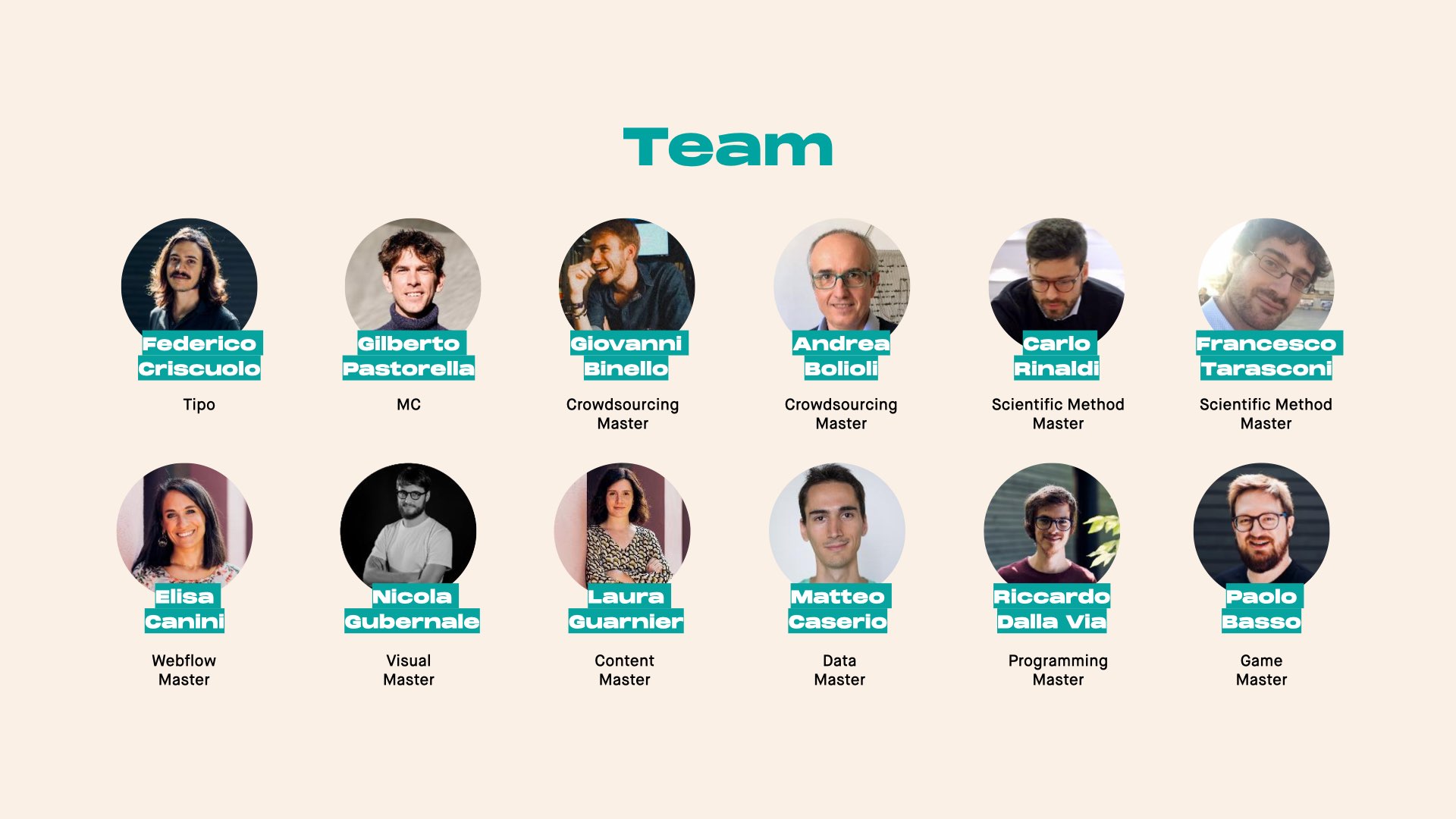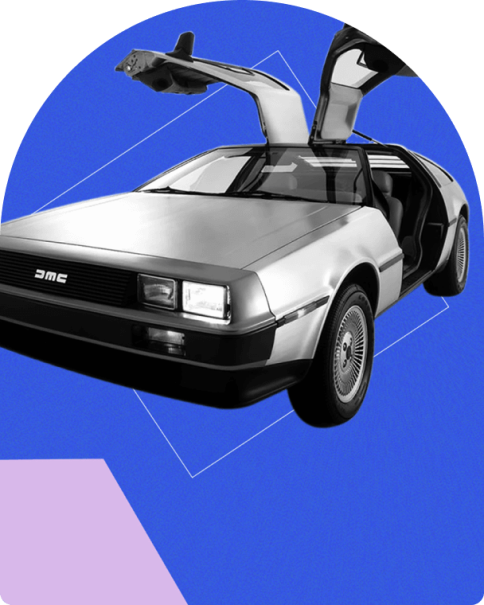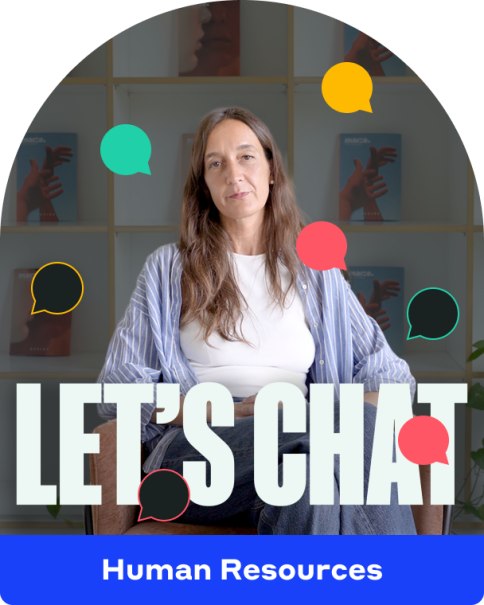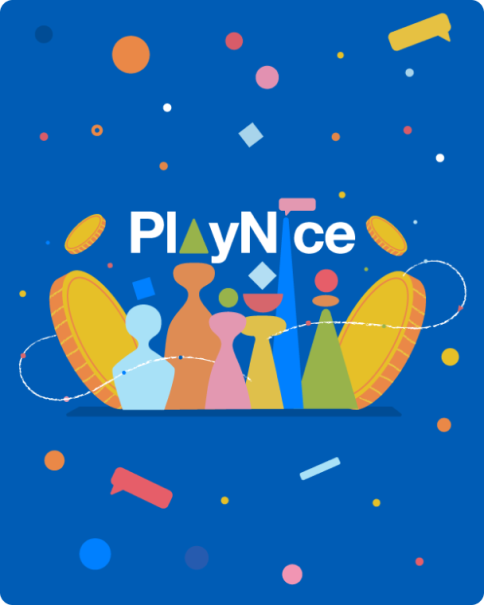DAWAY Crew: A Scientific Approach for Strategic Decision Support

Gilberto Pastorella
Manager, Business & Strategy
Research and insights
2022
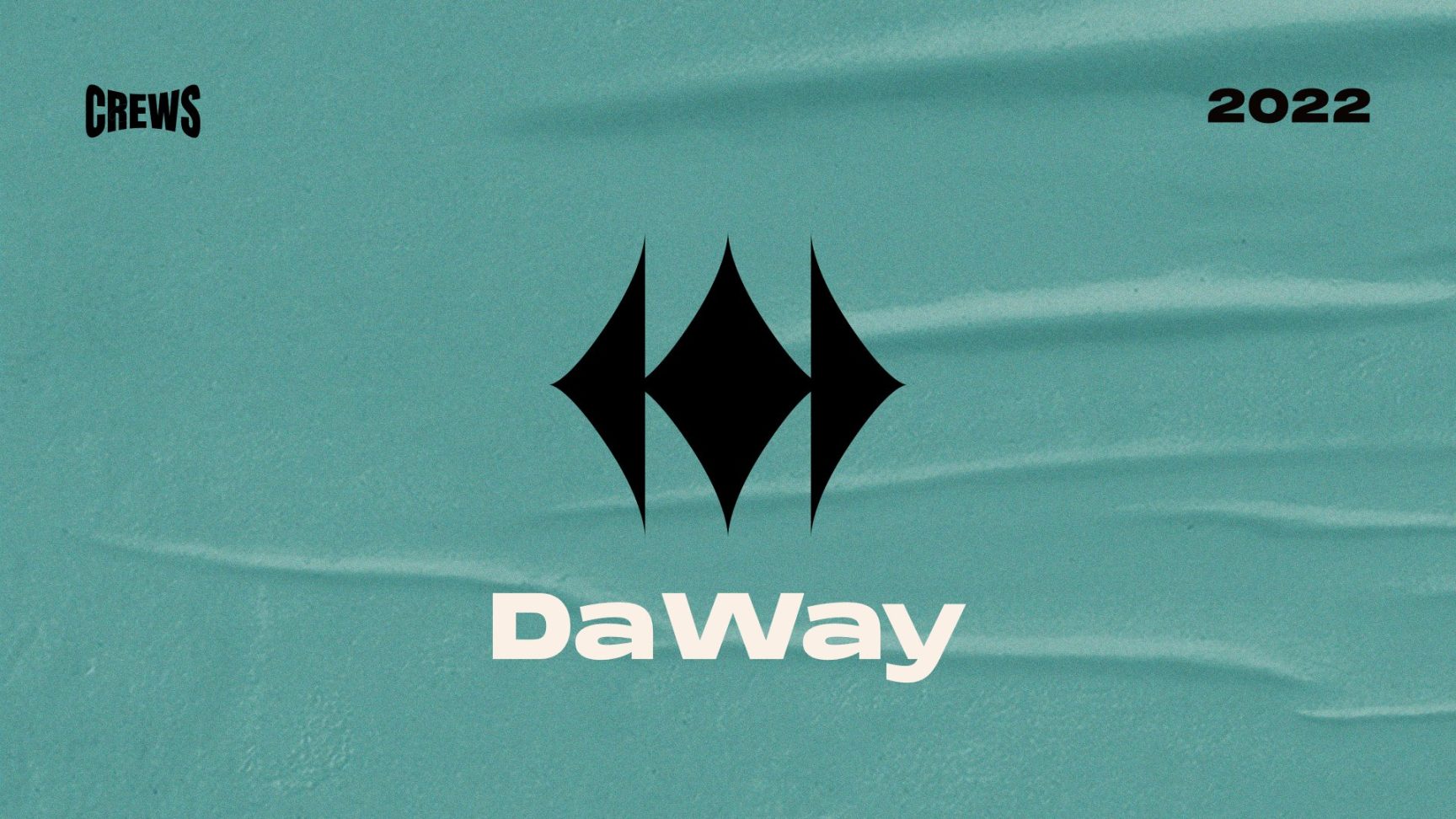
Analysis and benefits of applying a scientific approach to support managers in decision-making processes.
A New Guide for Decision-making
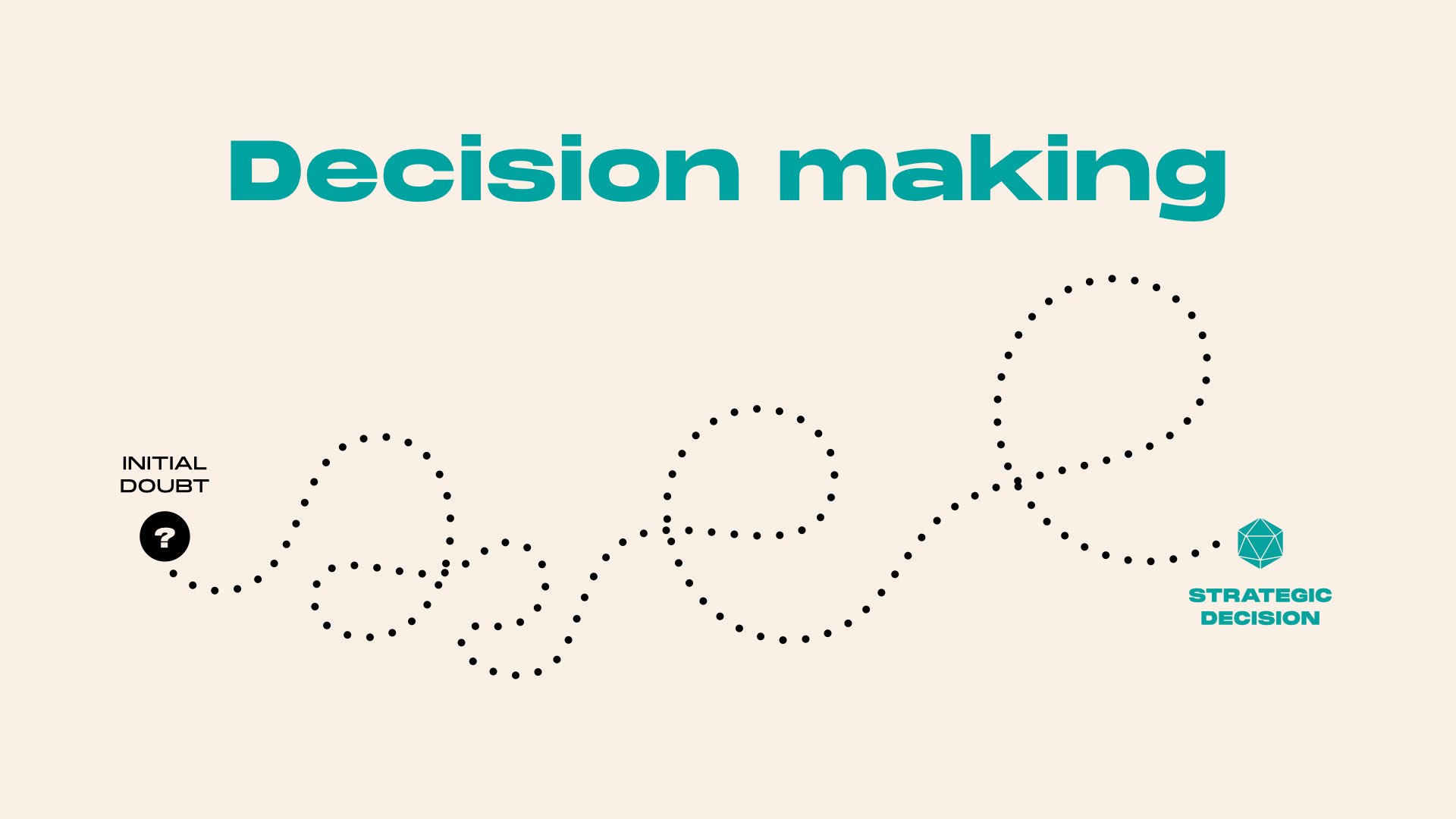
It is often said that true innovation requires the ability to make bold decisions. Business leaders know that every year they face decisions that can significantly impact their company’s results and future. This is no easy task! So how are these decisions made? What key elements can make the process easier and more effective?
These questions inspired the creation of our DAWAY Crew. Drawing on the experience of various team members, we sought to define a new structure to guide those in positions to make important strategic decisions.
What Did We Do?
We began by reviewing and extending a study conducted by Bocconi University, with whom we have since collaborated. Our goal was to create a new framework that would enable us, as consultants, and the companies we work with to reorganize the decision-making process and incorporate alternative data sources. The result is a step-by-step guide to streamlining and documenting key aspects of the process that leads a manager or a company to choose Path A rather than Path B.
How Do We Make the Best Decisions?
Many of us already use scientific or statistical reasoning to make decisions, often unconsciously. For example, when choosing the most convenient route to work in the morning, we instinctively choose the road with the least traffic and the fastest route. But things get more complicated when it comes to choosing between two unfamiliar roads. So what is the right approach when the factors involved become complex?
For us, the answer is to use a scientific and straightforward method, even when faced with decisions that seem to require “gut” instinct. Now, let’s replace the driver with a manager and the roads with business decisions. A manager can use data from past experiences to make informed decisions. These decisions are recurring and similar to other recurring decisions in the workplace, such as allocating budgets to media campaigns or scheduling production throughout the year. Such decisions should be supported by data and driven by scientific decision-making.
On the other hand, those who have to choose between unfamiliar paths, such as investing in one startup over another or launching one product over another, may not have solid data and evidence to rely on. These are less frequent or “low frequency” decisions, and it is in these cases that our framework comes into play!
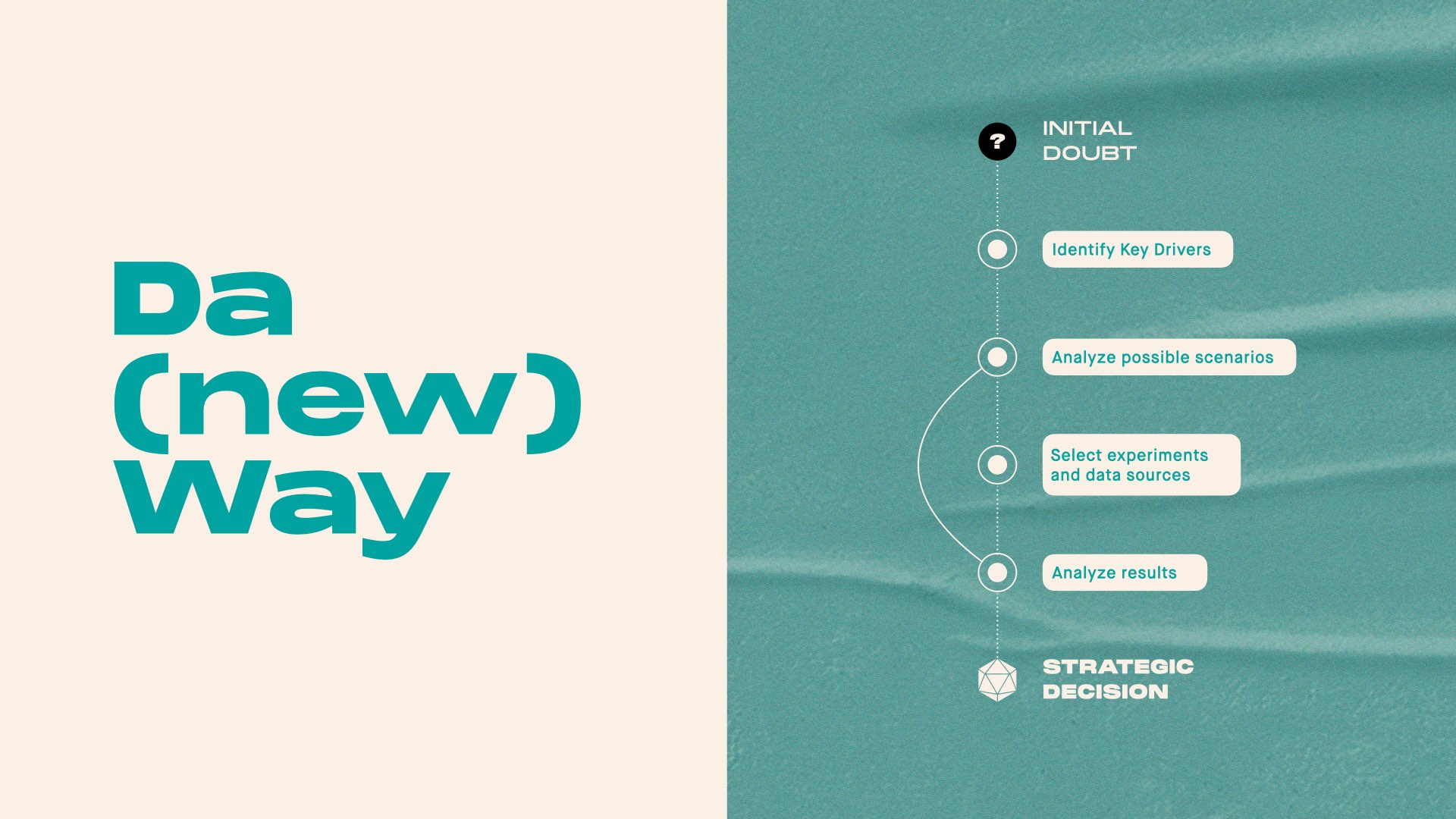
Our methodology enables the analysis and identification of key elements to base the decision on:
- What are the variables that affect the outcome?
- What are the possible “states” of these variables?
- What outcomes can we expect under the various scenarios?
- What degree of certainty do we have (i.e., probability) of being in one scenario versus another?
- Are there data sources or methods that help us to reduce uncertainty?
How does our idea work?
We have developed a series of templates to guide reasoning through co-design work to rationalize different factors and reach concrete answers. The result of this collaborative effort is a matrix that statistically highlights the risks, uncertainties, and potential gains associated with the decision to be made.
We then analyzed the steps needed to remove the uncertainties from the matrix.
Since these are low-frequency decisions, companies often don’t have internal data to support them. Instead, they can tap third-party data from specialized marketplaces to verify or refute hypotheses by using insight that was previously only imagined.
In an increasingly data-rich world, it is important to consider the possibility of using non-proprietary data to support decision-making.
A game to test the method
Conclusion
Our research highlighted many critical aspects of decision-making and explored its dynamics and alternative approaches.
Our goal was to help companies adopt new methodologies concretely and pragmatically. By striking a balance between applicability and theory, we addressed a complex issue that involves multiple layers and critical processes within organizations. Our approach, while scientific, leaves room for creativity and human experience by combining data, experience, and methods to navigate the complexity of the modern world.
Thanks to the DAWAY Crew: Gilberto Pastorella, Giovanni Binello, Andrea Bolioli, Elisa Canini, Nicola Gubernale, Carlo Maria Rinaldi, and Francesco Tarasconi, with the precious support of Federico Criscuolo.
